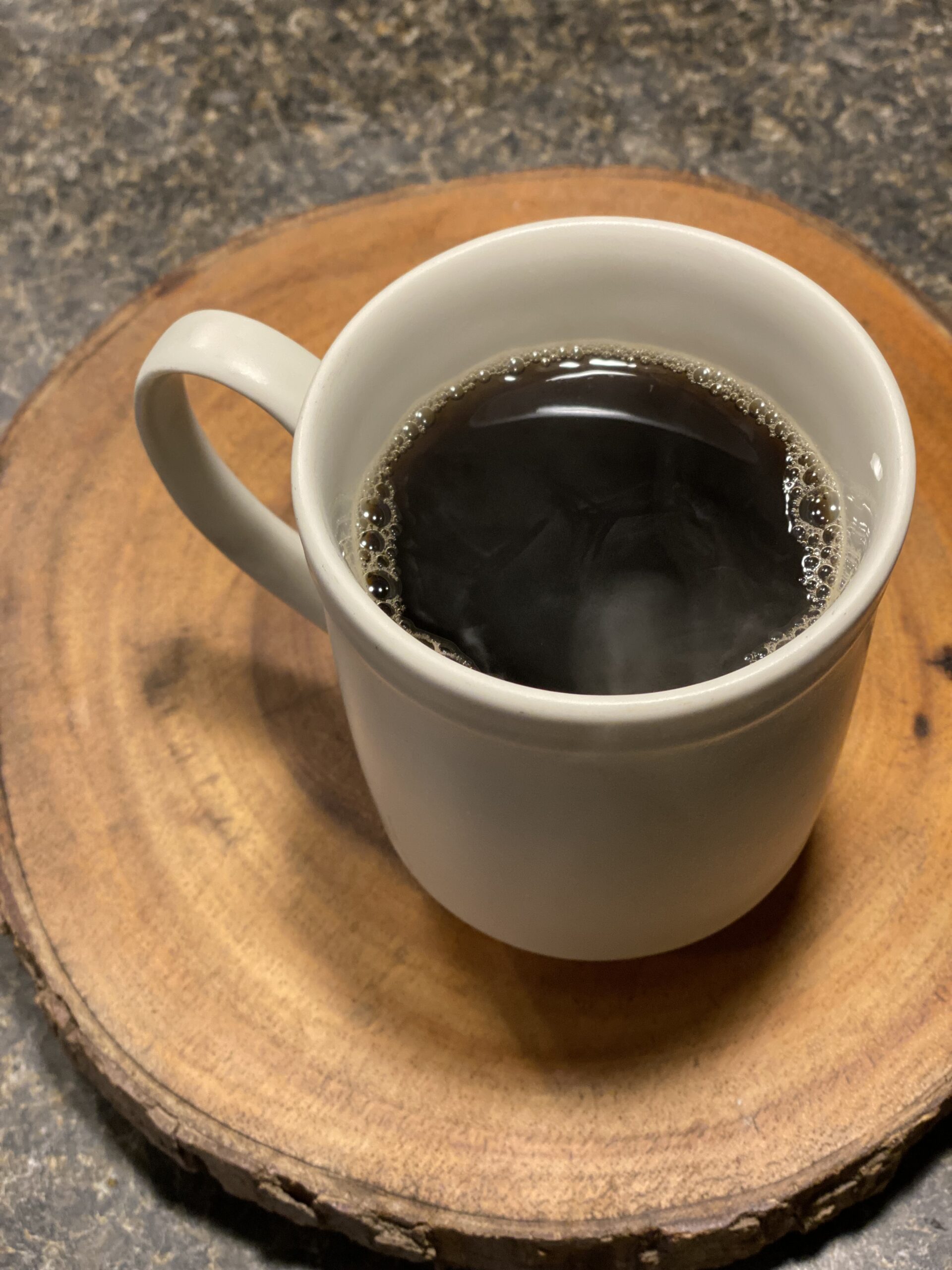
Is Your Morning Coffee Causing Stomach Discomfort?
Do you experience stomach discomfort after your morning coffee? If so, you’re not alone. It’s a common issue that can leave you feeling miserable for hours. Have you considered that your coffee might be the culprit?
For years, I suffered from unexplained stomach problems until I experimented with advice from bio-hacker and author Dave Asprey and did some of my own research. I discovered that the coffee I drank, along with gluten, was a primary cause of my discomfort. As someone who drinks a lot of coffee, I was surprised to learn that the type of coffee I consumed could significantly affect my quality of life.
My coffee was accidentally switched and the distress I’m in is the motivation for writing. Very fresh reminder.
So, what’s the problem with coffee? The issue lies in the sourcing and processing of the beans. Coffee grows in humid tropical regions, and the drying process typically takes place in open outdoor areas where mold can thrive.
Mold is a prevalent problem that many coffee drinkers are unaware of. Although mold is destroyed during the roasting process, the toxins can remain and cause stomach discomfort and other health issues. There are different tolerances for each individual depending on many factors so some of us are more sensitive than others.
According to WHO [1]
- The molds grow on a variety of different crops and foodstuffs, including cereals, nuts, spices, dried fruits, apples and coffee beans, often under warm and humid conditions.
- Mycotoxins can cause a variety of adverse health effects and pose a serious health threat to both humans and livestock.
- The adverse health effects of mycotoxins range from acute poisoning to long-term effects such as immune deficiency and cancer.
Mold really is a massive problem that I believe everyone in the humid southeastern United States is exposed to. The health implications are extremely significant. [2]
The solution? Choose single-source coffee from high-altitude regions that are pesticide-free and tested for mold toxins called mycotoxins. High-altitude sourcing ensures lower humidity and a lower chance of mold growth. Blends, which contain a mix of different farms and regions, increase the likelihood of undesirable farming practices and mold toxins. Though the process can be expensive, choosing a coffee that meets these criteria is essential for optimal health.
An online search for “mold-free coffee” will provide many options.
There are several brands to choose from, including Danger Coffee, which meets all these requirements and even provides additional minerals. However, it’s important to note that organic labeling may not always guarantee a better product as small farmers may find it challenging to obtain certification.
When considering arguments against mold and reasons why coffee upsets the stomach, there are no other satisfactory explanations for my experience. I feel cramps and discomfort after half a cup of most coffee, but I feel great after drinking a pot of Danger Coffee. There’s obviously something going on.
It’s important to remember that the coffee industry, like tobacco and sugar, has a vested interest in maintaining the status quo and downplaying this topic.
Dr. Robert Kiltz does a great job laying out mycotoxins as a whole on his website. https://www.doctorkiltz.com/mycotoxins/
It may seem like I am picking on coffee, but I’m really not. It is one of the most commonly consumed beverages in the world, so a simple switch could have profound positive implications.
References
[1] https://www.who.int/news-room/fact-sheets/detail/mycotoxins
[2] https://www.ncbi.nlm.nih.gov/pmc/articles/PMC164220/
